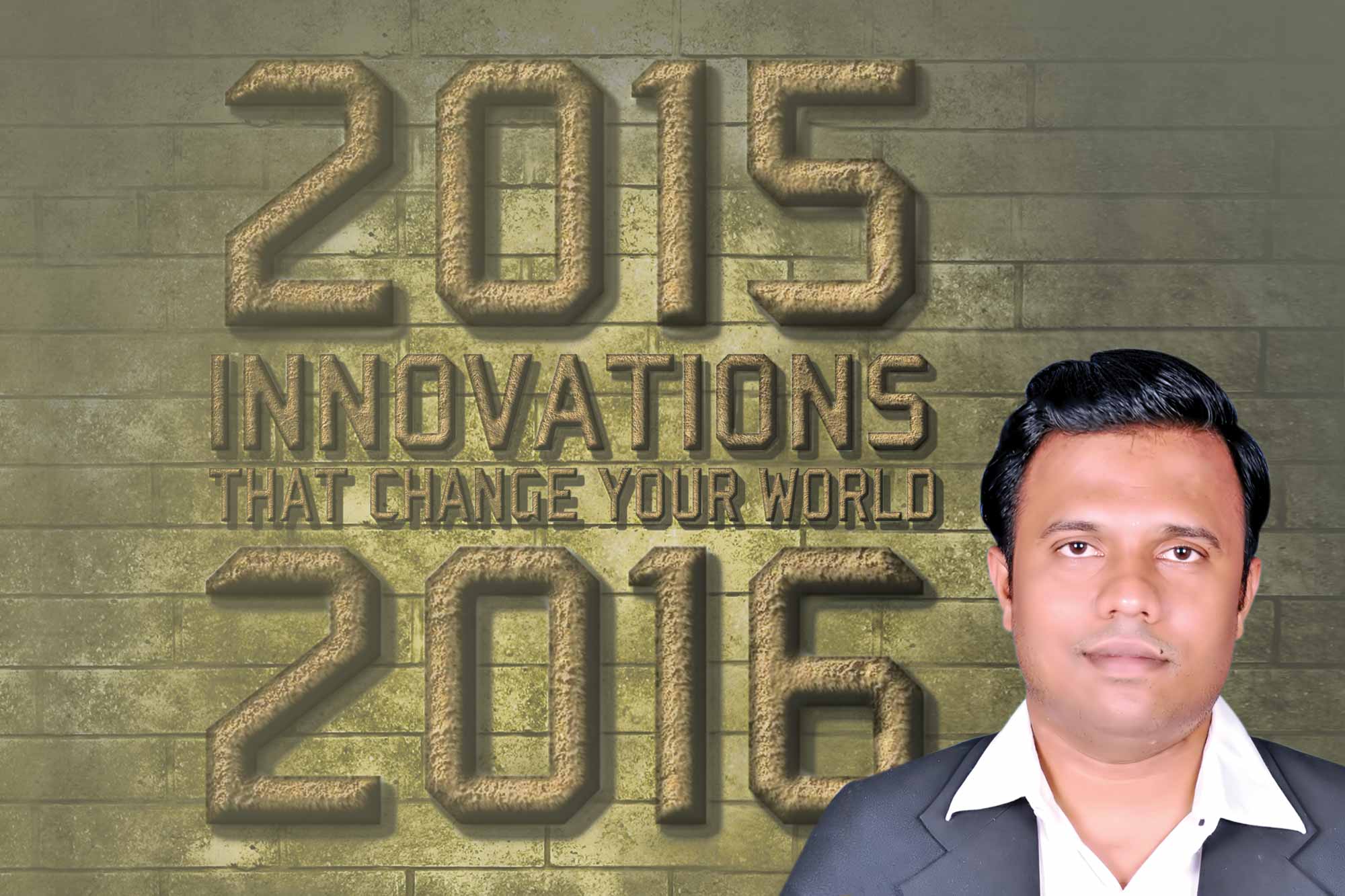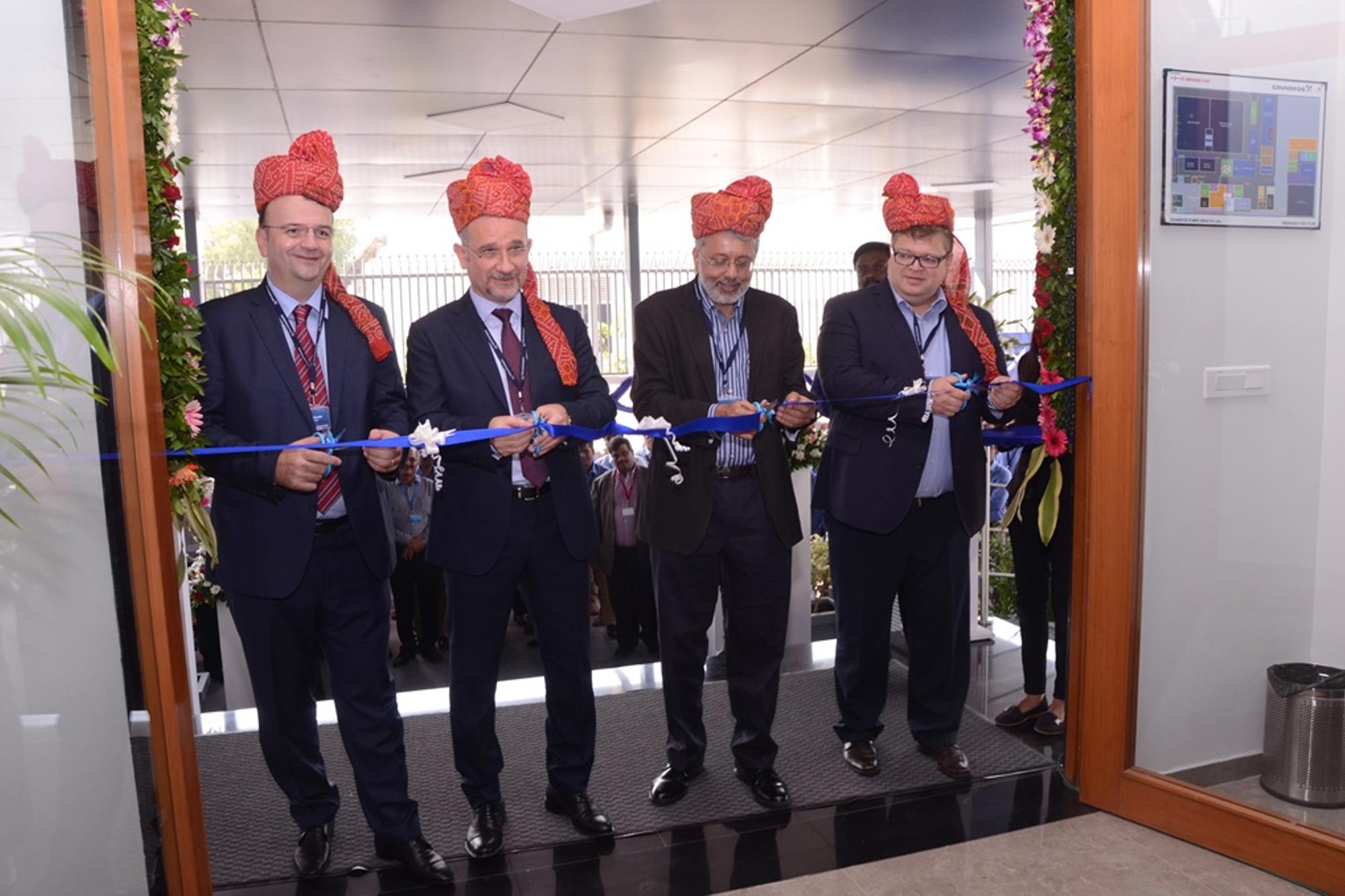Chlorine dioxide: an effective disinfectant
By Edit Team | January 19, 2016 9:23 am SHARE

Two drum chemistry for chlorine dioxide generation; a technology in the area of post water disinfection, recently introduced in the market makes the ClO2 generation easier and safer.
Water treatment has its own phase. It can be segregated to various types (raw water, effluent water, sewage and other process water) which can be treated by adopting almost similar kind of operations and processes which start with primary filtration and extend till disinfection. Disinfection comes in the end but plays a vital role in water treatment.
“We use various types of chemical oxidizers for disinfection. But the selection and the dosage depend on the type of water,” says T A Kumar, India Sales Manager, Sensorex (USA). The different oxidising agents are bleaching powder, potassium permanganate, sodium hypo chlorite, chlorine gas, chlorine dioxide, bromine, hydrogen peroxide, ozone UV etc. The latest shift in technology for disinfection has come from traditional chlorine to chlorine di-oxide which going ahead can even extend to bromine.
“Disinfection with chlorine dioxide is 5 times more efficient than traditional hypo or bleaching powder, which we consider as the cheapest chlorine source. It is mainly due to the in-situ preparation which is usually highly dangerous due to its highly exothermic nature. Chlorine dioxide is generated by mixing hydrochloric acid, sodium chlorite and hypo chlorite in a fixed proportion using a generator. This also involves monitoring the effectiveness of chlorine dioxide disinfection which is very difficult,” explains Kumar.
Breakthrough technology
Talking about the breakthrough technology that has transformed the water treatment segment, Kumar says, “There are a lot of areas in water treatment which are witness to breakthrough technologies like membrane technologies. Two drum chemistry for chlorine dioxide generation; a technology in the area of post water disinfection, recently introduced in the market makes the ClO2 generation easier and safer. Also the monitoring component in the system is optimised through various laboratory methods and online analyzers with chemical reagents.”
Positive impact
Highlighting the various positive impacts of the two drum chemistry, Kumar says, “Two drum chemistry overcomes the danger of in-situ preparation. Chlorine dioxide is clearly superior to chlorine in the destruction of spores, bacteria’s, viruses and other pathogen organisms on an equal residual base. The disinfection efficiency is relatively unaffected by pH values between 4 and 10. Two drum chemistry is highly soluble in water and 10 times more soluble than chlorine. The required contact time for ClO2 is low and is better at removing iron and magnesia compounds than chlorine, especially complex bounds.”
Incorporating technology
When asked if two drum chemistry has been incorporated in the company’s waqter treatment, Kumar says, “Being a sensor company with proven experience of over half a century, Sensorex has its own latest Amperometric sensor technologies which help in sensing the residuals of chlorine dioxide with 4-20 ma output.”
Two drum chemistry technology helps in overcoming the challenge of chemical optimisation, whereas traditionally this was practiced using ORP which is an indirect method of measurement and also was not predominantly used due to that fact that ORP can be affected by so many other conditions.
Latest innovation
The Sensorex UVT-LED line of products delivers one of the most intelligent UV-Transmittance monitoring by leveraging the power of UV-C LED technology and the Sensorex innovative, patent-protected automatic cleaning and calibration system. The use of LED technology eliminates the costs and maintenance associated with mercury lamps, as LED technology can last up to 5 times longer than traditional mercury lamps. The patented wiper system for automatic cleaning and calibration minimises the required operational maintenance of the unit, thus adding immense value to the municipal and industrial users of the product.
“UV-Transmittance can be measured accurately, reliably, and cost-effectively using the Sensorex UVT-LED. The unit can lower capital costs associated with new installations of UV disinfection systems by profiling the UV-transmittance of the water for an extended period of time in order to properly size the UV systems. Additionally, the UVT-LED can continuously monitor UV-transmittance of water in a feed-forward control loop to optimise efficiency of the UV system, ensuring proper disinfection of the water and minimising operational and energy costs. A large wastewater treatment plant utilising UV disinfection could realise savings of greater than $100,000 annually through the implementation of UV-transmittance monitoring,” says Kumar.
“The UVT-LED, initially designed to be used in conjunction with UV disinfection systems, the unit is now being evaluated for its performance in controlling ozone for optimal dosage and mitigation of bromate formation. This has not been demonstrated yet, but could prove to be a very useful application for this technology in the future,” concludes Kumar.
Cookie Consent
We use cookies to personalize your experience. By continuing to visit this website you agree to our Terms & Conditions, Privacy Policy and Cookie Policy.





















